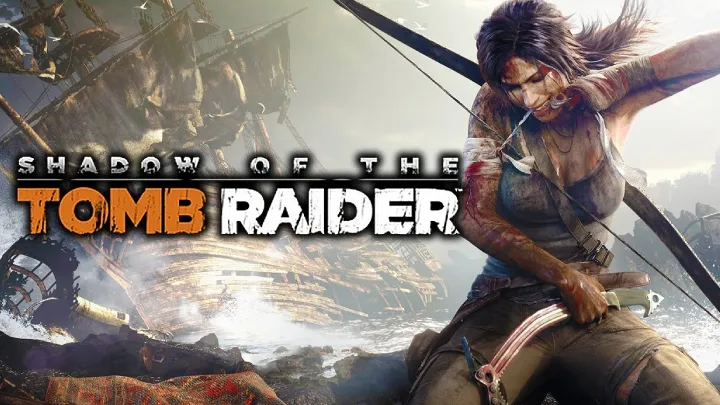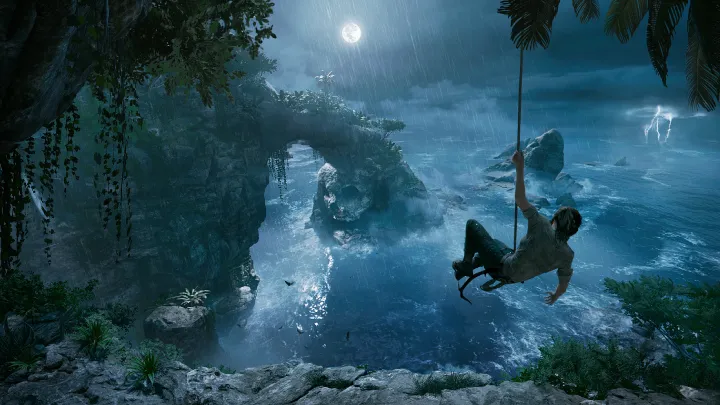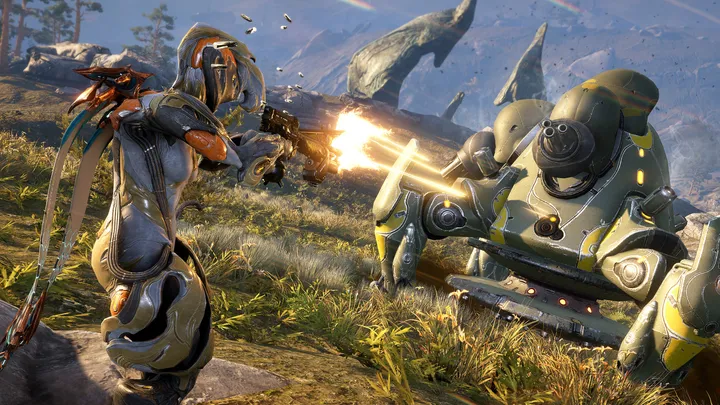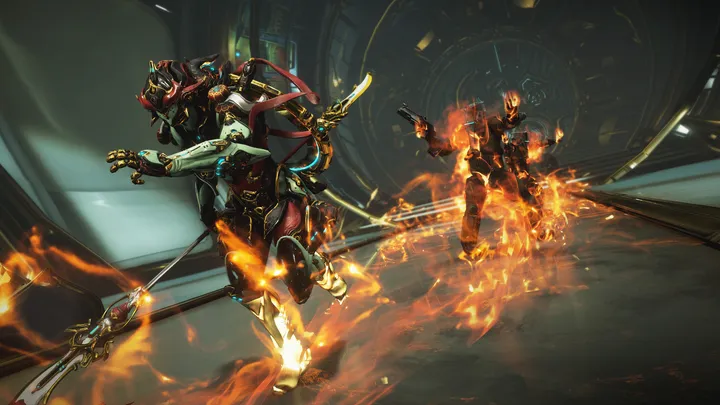
Introduction
Shadow of the Tomb Raider marks a pivotal moment in the beloved action-adventure franchise, promising an exhilarating blend of thrilling gameplay and rich storytelling. However, this installment has not been without its criticisms, particularly regarding pacing issues and narrative coherence. While the game offers stunning visuals and engaging mechanics, many players and critics have pointed out that its pacing significantly impacts the overall experience. This article will delve deeply into the complexities of pacing in Shadow of the Tomb Raider, examining how it affects character development, player engagement, and the game’s overarching narrative.
The Importance of Pacing in Video Games
What is Pacing?
Pacing in video games refers to the timing and flow of the game’s progression—how story beats, action, exploration, and player interactions are balanced to create an engaging experience. Proper pacing is crucial because it determines player engagement, emotional investment, and the overall enjoyment of the gameplay.
The Role of Pacing in Action-Adventure Games
In action-adventure games, pacing is particularly vital because players expect a blend of intense action scenes and opportunities for exploration and storytelling. A well-paced game allows players to savor the narrative while also providing adrenaline-pumping moments that maintain interest. If the pacing feels off, players may become disengaged or frustrated, undermining the game’s capacity to deliver an immersive experience.
Narrative Structure in Shadow of the Tomb Raider
Establishing the Story Arc
Shadow of the Tomb Raider serves as the conclusion to Lara Croft's origin story, culminating the themes and character arcs developed throughout the previous titles. The narrative follows Lara as she attempts to prevent a Mayan apocalypse instigated by her adversary, a secret organization known as Trinity. The stakes are high, which should typically cultivate a sense of urgency and excitement.
Character Development
Throughout the game, key character relationships, particularly between Lara and other central figures such as Jonah and the members of the Hidden City, are explored. However, the effectiveness of this character development is heavily contingent on pacing. If narrative beats regarding character evolution are either rushed or dragged out, the emotional depth and investment in these relationships can suffer.
Examining Pacing Issues
The Opening Act’s Tempo
In the initial stages of Shadow of the Tomb Raider, players are thrust into action almost immediately. While this approach can effectively engage players, the pace is frenetic, leaving little room for character exposition or establishing a narrative foundation. As a result, players may feel overwhelmed, lacking the necessary context to genuinely connect with Lara and her motivations.
A Shift in Momentum
As the game progresses, players encounter segments that slow down drastically, allowing for exploration and puzzles. While this change can be welcomed, the pacing can become jarring. One moment, the player is racing against time to save the world, and in the next, they are solving intricate puzzles that can take considerable time and focus. This inconsistent momentum can lead to player disengagement, as the shifts between high-stakes action and slower segments may detract from the overall urgency of the plot.
The Role of Exploration and Side Quests
Emphasizing Exploration
Shadow of the Tomb Raider emphasizes exploration and side quests as integral components of gameplay. The expansive environments are filled with hidden treasures, tombs to discover, and lore to unravel. While exploration offers rich rewards, it can interfere with the main narrative's pacing. Players may find themselves engrossed in side quests that feel disconnected from the urgent narrative, leading to a sense of fragmentation.
Balancing Main and Side Quests
The game’s structure places significant importance on players' freedom to explore, yet this can lead to an imbalanced pacing experience. Side quests that lack direct relevance to the overarching plot can feel like distractions rather than enriching components of Lara’s journey. A more integrated approach, where side quests enhance the story rather than divert from it, could offer a more cohesive experience.
The Emotional Impact of Pacing
Building Tension and Release
Effective pacing can amplify emotional responses, allowing players to experience a buildup of tension followed by moments of relief and reflection. Shadow of the Tomb Raider aims to achieve this, but the inconsistent pacing can hinder the emotional investment players might have in Lara’s journey. For instance, during key story moments, a sudden shift from high stakes to slower activities may diffuse emotional tension, diluting the impact of dramatic scenes.
Player Expectations
Players often come into a game with certain expectations regarding pacing, particularly in a series known for its gripping narratives and character development. When events feel mismatched with the emotional weight they are intended to carry, players may experience disappointment. Aligning the pacing with emotional highs and lows is crucial for delivering a resonant narrative.
The Impact of Action Sequences
The Dos and Don’ts of Action Pacing
Shadow of the Tomb Raider is replete with thrilling action sequences, from intense enemy encounters to elaborate set-pieces. These sequences are designed to elevate excitement, yet they require careful pacing to maintain their effectiveness. When action is too rushed, players may miss out on the thrill of the experience.
Balancing Action with Storytelling
If the action sequences overshadow character moments or narrative development, they can hinder players' understanding of the stakes involved in the story. The game needs to ensure that every action sequence also serves a purpose in reinforcing the story or character development, helping to create a cohesive narrative flow.
Innovation and Player Agency
The Choice Mechanic
One of the innovations in Shadow of the Tomb Raider is the player's ability to approach situations in different ways, whether through stealth, combat, or exploration. However, allowing for player agency can complicate pacing, as the freedom to choose may delay progression through key story moments. If players take longer to complete objectives due to exploration or experimentation, it can disrupt the intended rhythm of the narrative.
Aligning Choices with Narrative Momentum
To counteract pacing issues stemming from player choice, the game should ensure that the various approaches complement rather than hinder narrative progression. Introducing elements that naturally guide players back into the story while still allowing for agency can create a more satisfying pacing experience.
Player Feedback and Reception
Critical Reception on Pacing
Reception of Shadow of the Tomb Raider has been largely favorable, but critics have noted the pacing as a significant concern. Reviews often highlight the game's thrilling moments juxtaposed with slower sections, calling for a more cohesive narrative structure that balances both elements effectively.
Community Reactions
Players have also weighed in on forums and social media, with discussions centering around their experiences with pacing. Some express admiration for the game’s visuals and exploration aspects but voice frustration over pacing inconsistencies that detract from the overall enjoyment. Listening to this feedback can provide developers with insights for future updates or iterations in the series.
The Future of Shadow of the Tomb Raider
Addressing Pacing in Future Installments
Given the mixed feedback concerning pacing, future entries in the Tomb Raider franchise have an opportunity to learn from Shadow of the Tomb Raider. Successive games can implement a more fluid pacing structure that ensures emotional beats resonate and narratives flow seamlessly.
Integration of Player Feedback
Incorporating player feedback into the development process will be vital for enhancing pacing and overall narrative quality. By engaging with the community and understanding their preferences, developers can create more tailored experiences that align with players’ expectations and enhance immersion.
Conclusion
Shadow of the Tomb Raider presents a rich gaming experience filled with stunning visuals, thrilling action, and a compelling narrative. However, pacing issues significantly hinder the game’s potential to deliver a fully engaging experience. The imbalance between high-stakes action and slower narrative beats, alongside the challenges of player choice and exploration, complicates the pacing landscape. As the franchise continues to evolve, addressing these issues by refining pacing mechanisms, integrating player feedback, and ensuring that narrative and action flow seamlessly will be crucial for crafting future adventures that resonate deeply with players.

















